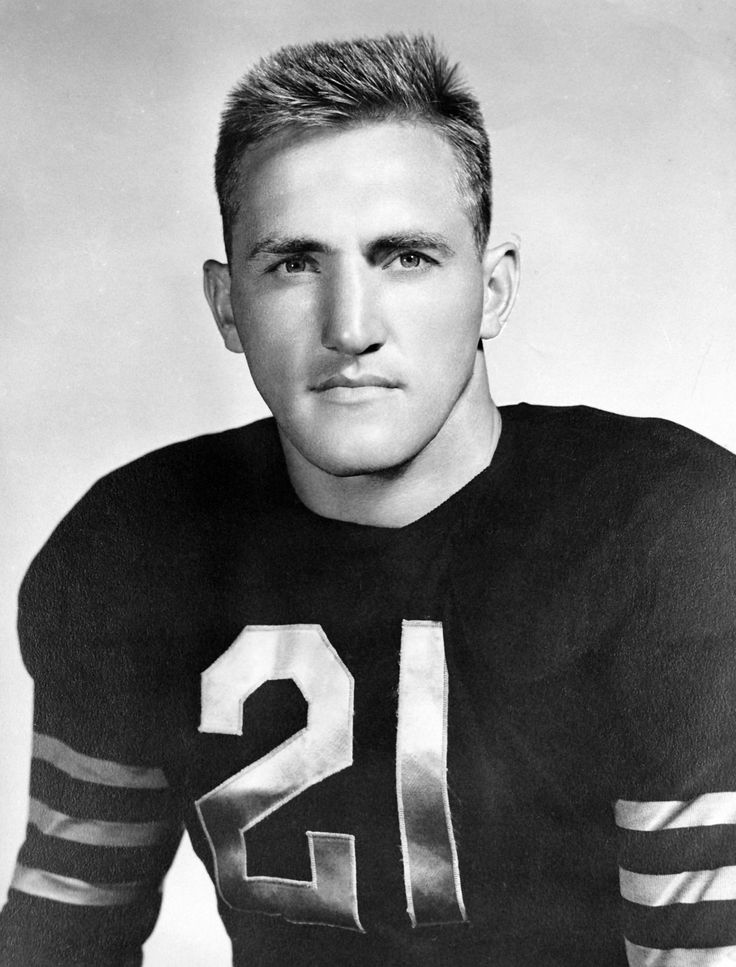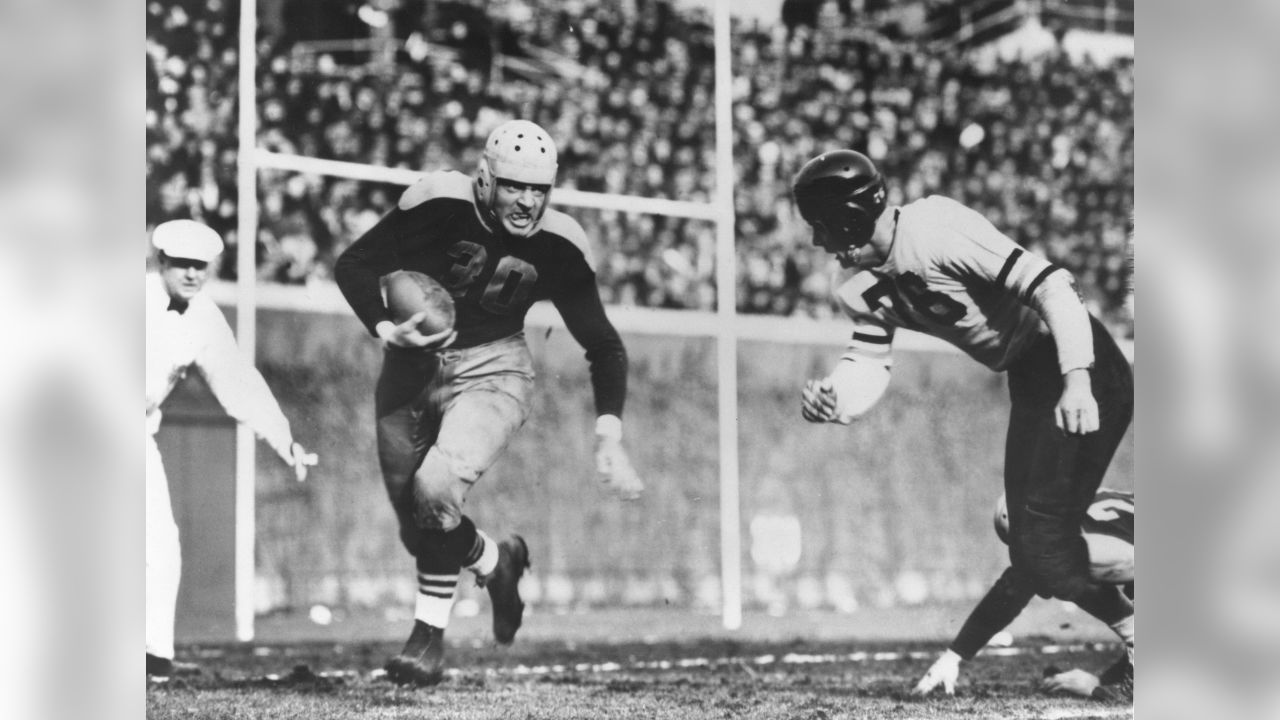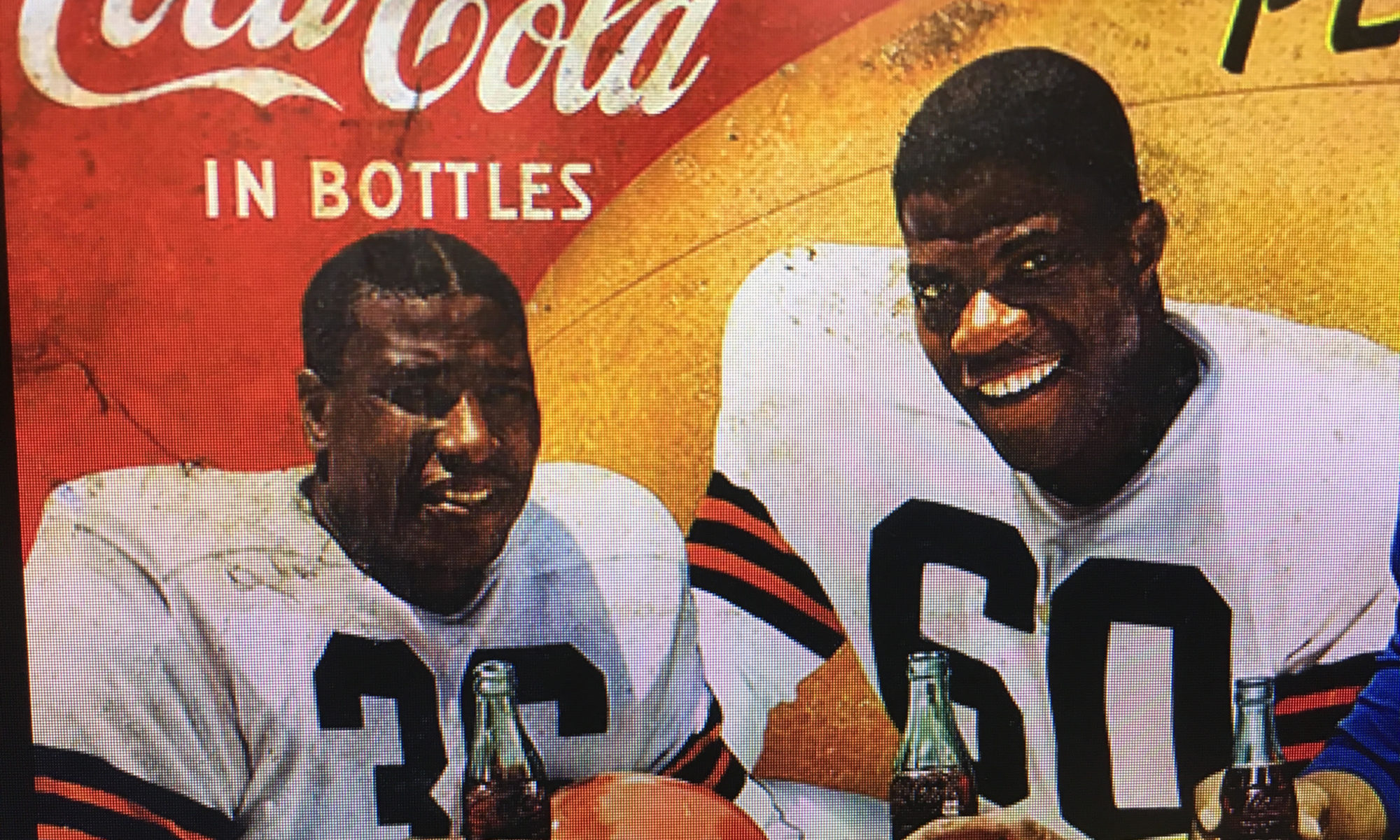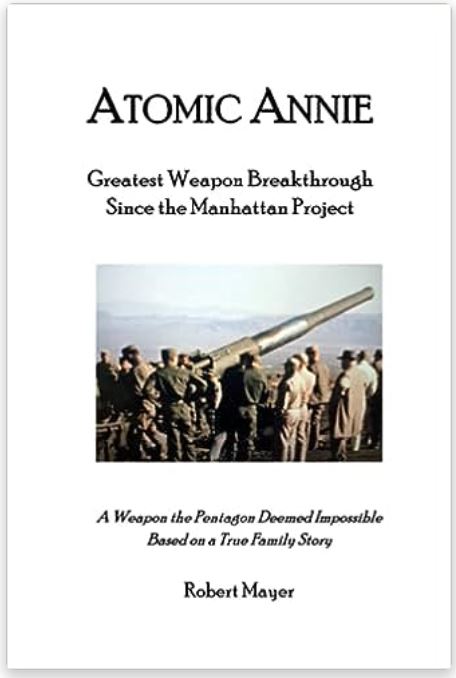The Bears-Packers rivalry began at the origins of the NFL. For about the first ten years of the NFL the team with the best record were declared the NFL champions. During these 13 seasons from 1920-1932 the Packers won 3 titles and the Bears 2. The New York Giants were also a successful team during these years, often playing the “bridesmaid” role of being runner-up to the champions.
Based on the large crowds drawn to the Rose Bowl game once widely considered the College Championship game. The NFL broke into 2 divisions, East and West, and started a NFL Championship game between them in 1933. The preceding year, the Bears had finally won the Championship over the Packers who had won 3 in a row from 1929-1931.
During the early years of the NFL, the teams with the best running backs were at the top, but as the NFL Championship era began in 1933, the percent of passing plays increased, as did passing yardage and touchdowns. At the dawn of the NFL Championship era the best quarterbacks to emerge were the Packers Arnie Herber, and the Giants Ed Danowski. The Bears also had “The Bronk”, the NFLs best running back Bronko Nagurski.
Led by Danowski’s passing and running by “The Bronk”, the Bears won the first NFL Championship Game in 1933. For the next 5 years a different team won each year including
the New York Giants, Detroit Lions, Green Bay Packers, and Washington Redskins. After 5 years of NFL Championships, there was no clear dominant franchise as the Packer legacy had faded and parity among many franchises existed.
The 1938 Championship game pitted the Giants against the Bears and the winner would be the first franchise with 2 Championship game victories. Like current games, there was a lot of passing and the game was decided by a late touchdown on a Danowski-to-Soar pass, as Soar dragged his defender the last 5 yards into the endzone for the winning score. Hank Soar went onto a career as a highly regarded MLB umpire in the 60s and 70s.
By 1938 only the Giants had won two titles, both led by QB Danowski (not in NFL HOF), but Arnie Herber led the Packers to the 1939 title in convincing fashion with a 20-0 victory in the championship game. In this game, the NFLs best receiver, Don Hutson, drew double coverage but was used as a decoy and barely had a reception.
By 1939 we had the arrival of 2 great QBs and the use of deception on the part of runners and receivers. With Danowski’s retirement in 1939, the Giants would not win another Championship until the mid 1950s, but the arrival of the Bears QB Sid Luckman and the Redskins Sammy Baugh propelled these two teams to the top of the NFL.
The Bears and Redskins participated in every NFL Championship game from 1940 to the start of World War 2 in 1944. Led by Sid Luckman and plays designed by Coach George Halas the Bears won 3 of these 4 games and by 1946 had won 6 NFL Championship games compared to 2 for the Giants, Packers and Redskins.
In 1940 the Bears won the NFL Championship 73-0 over the Redskins. This is a picture of the coin flipped at the beginning of the game. By the “L” one can see where Bears Captain Dan Fortmann scratched “Bears 73 Wash 0 NFL Champs”

Dan Fortmann the Captain of the 1940 Bears was a last round pick of Bears George Halas and became one of the most feared linebackers in the NFL. He and his teammate George Meusel were nicknamed “The Monsters of the Midway” for their crushing tackles on opposing runners.
The interesting story on Dan Fortmann was: “Why would such a great player be selected in the last round of the NFL Draft?” Fortmann had told the NFL not to draft him as he planned on going to medical school and not playing in the NFL. There was little reason to doubt him as he was graduating college at 20 years old. But Halas wanted this brilliant bone-crushing linebacker for the Bears and after working out a deal with the University of Chicago Medical School, he convinced Fortmann to play for the Bears and simultaneously attend “part-time” medical school for 7 years at the U of Chicago. Fortmann had a great NFL career and attained his MD just before serving in WW2.
After the war he was hired as the Los Angeles Rams team doctor and served as this role his entire medical career. At the time of his induction into the NFL Hall of Fame, he was, and still is the only last round draft pick to achieve this honor.







